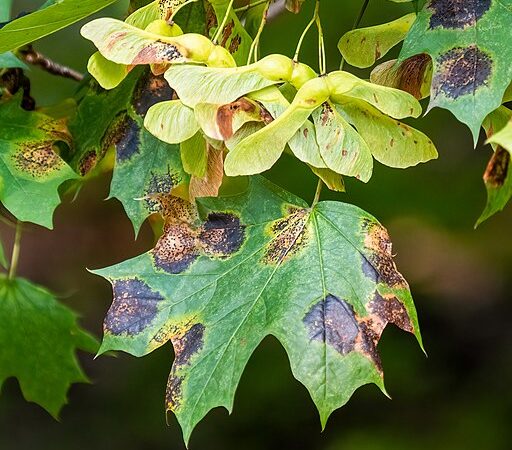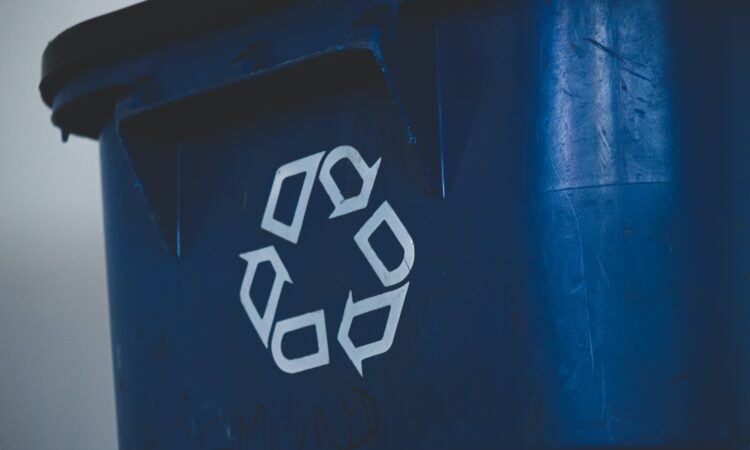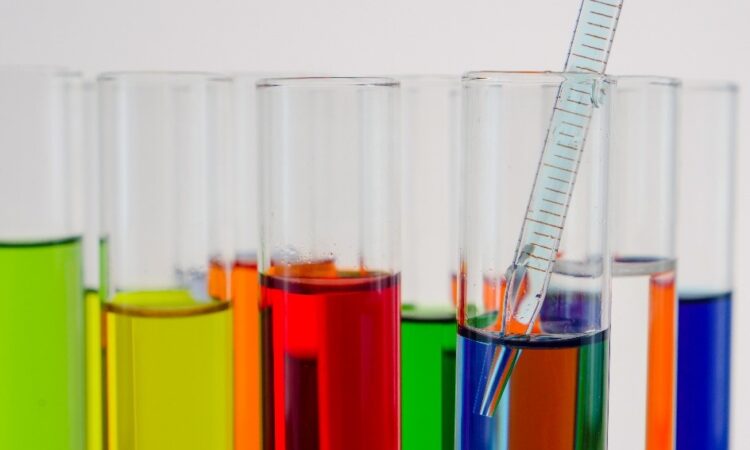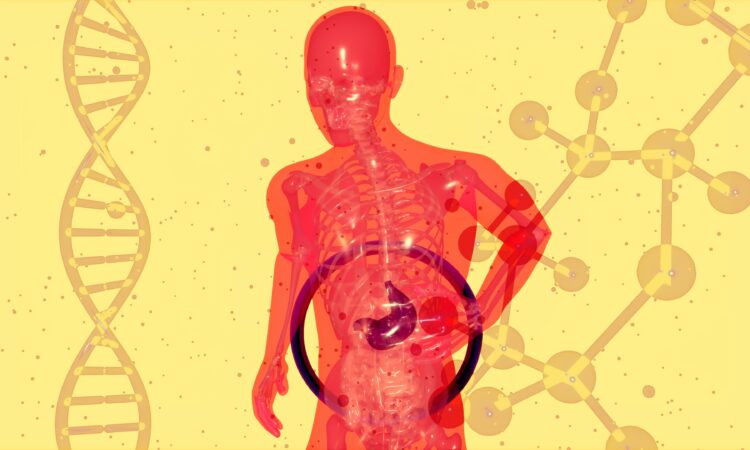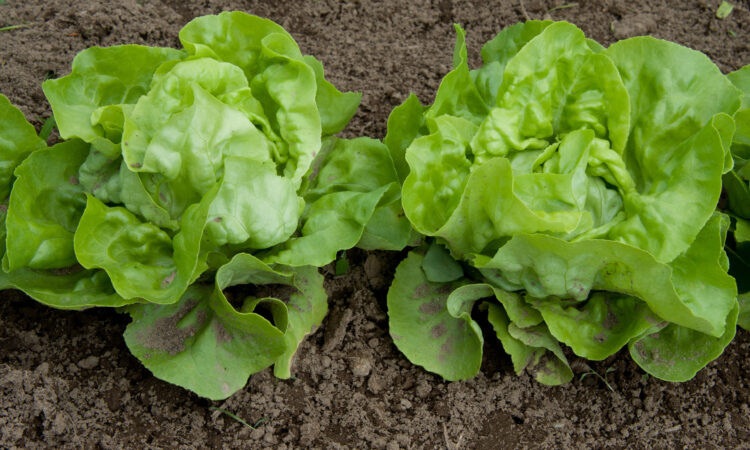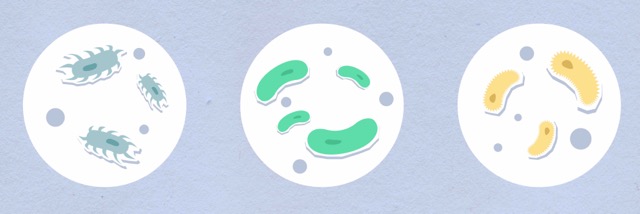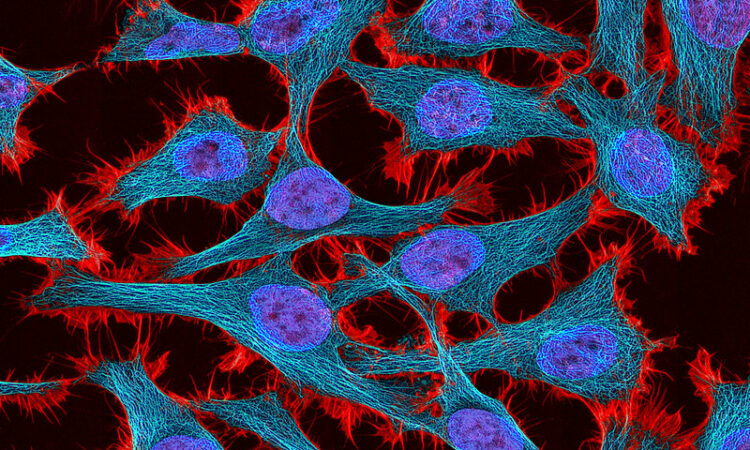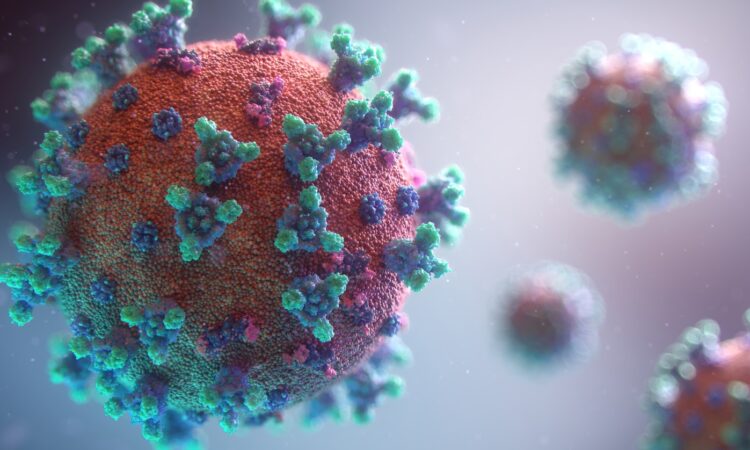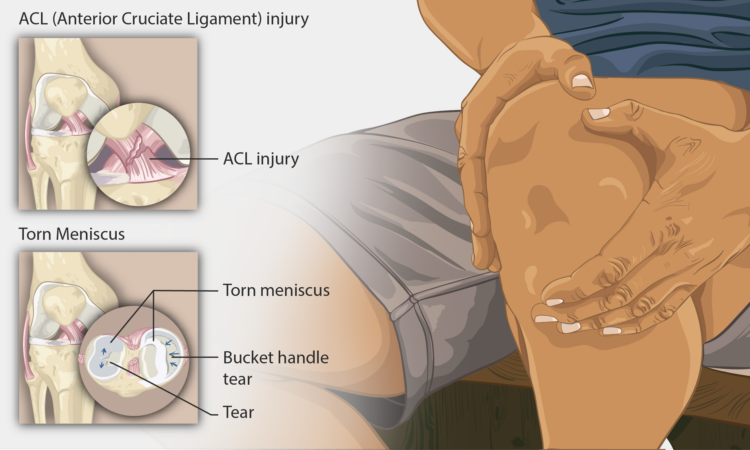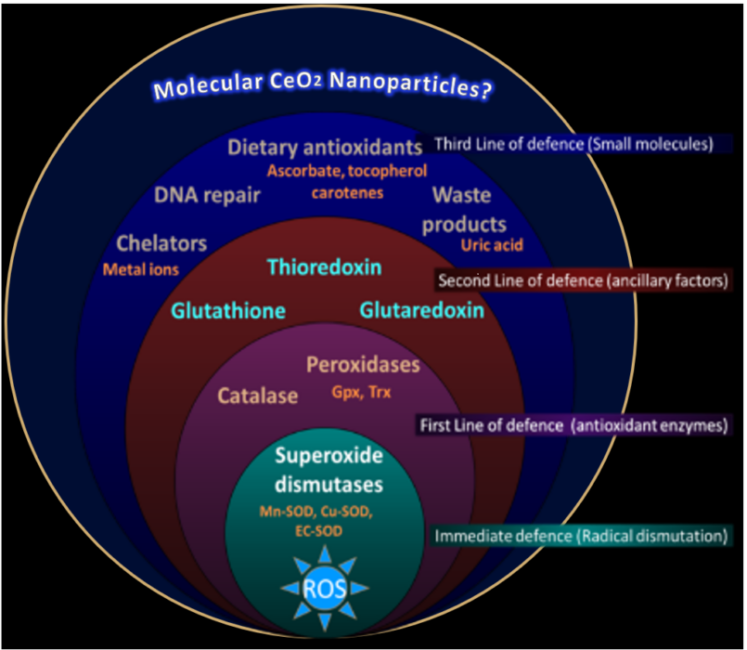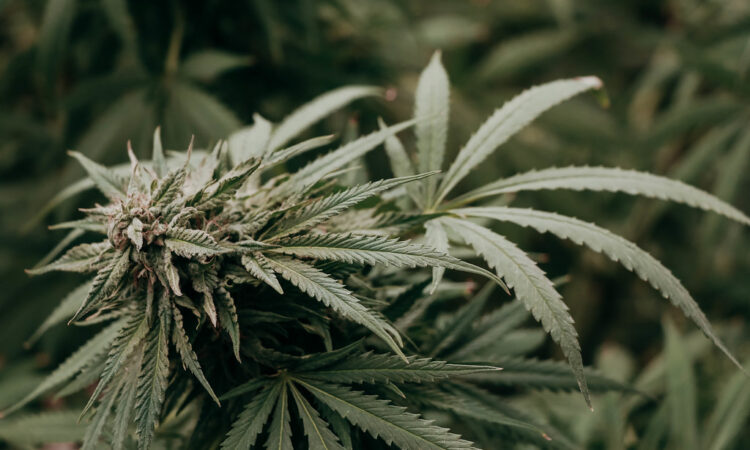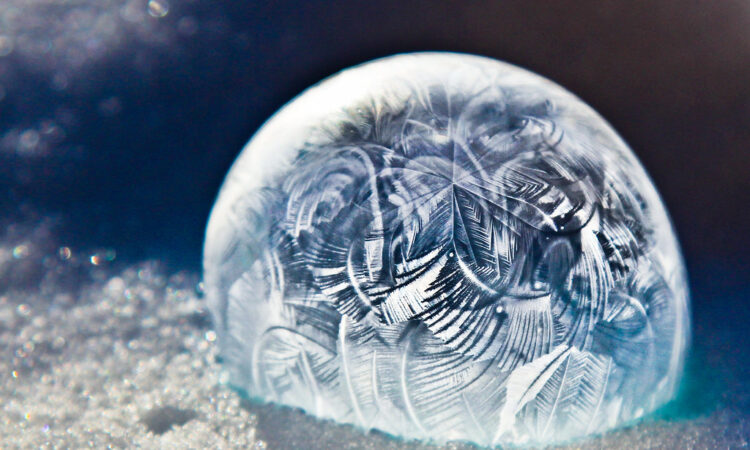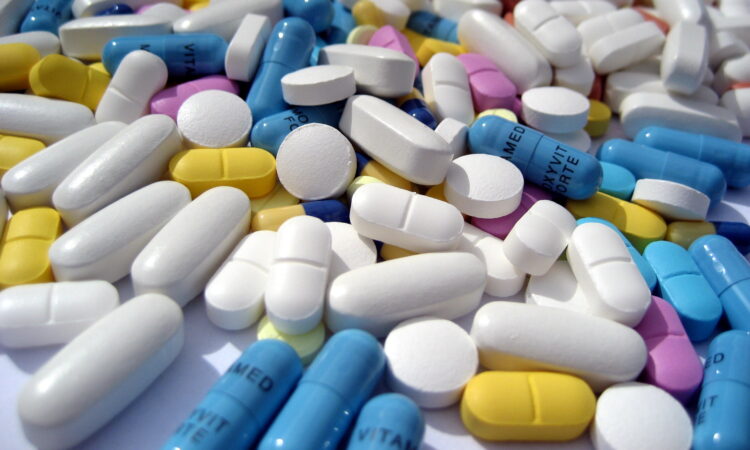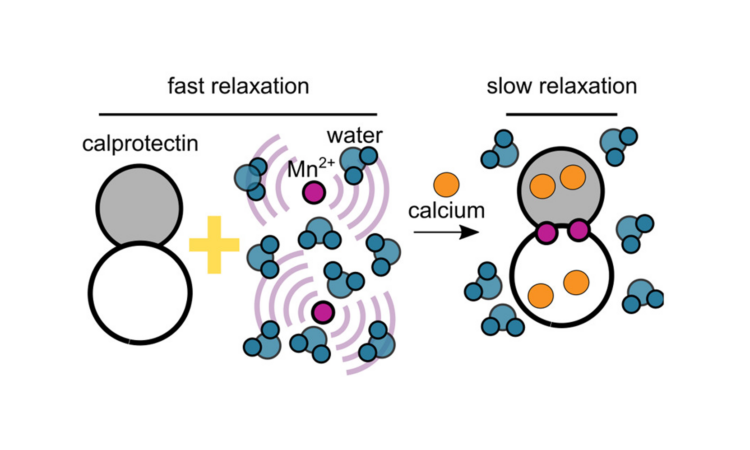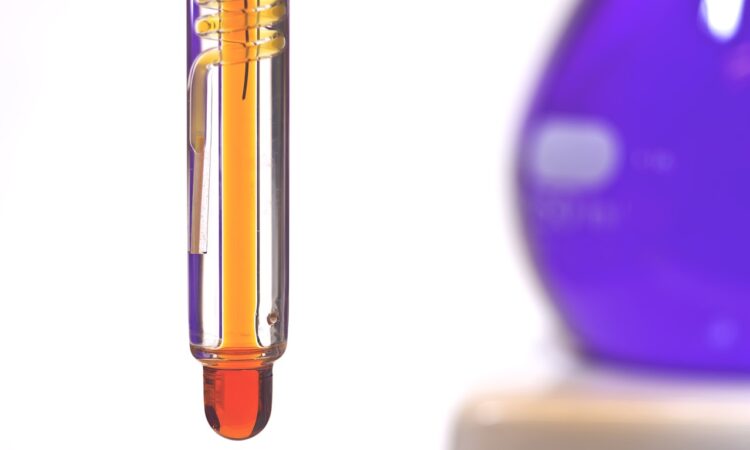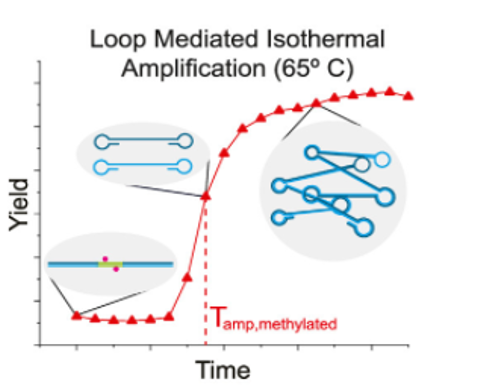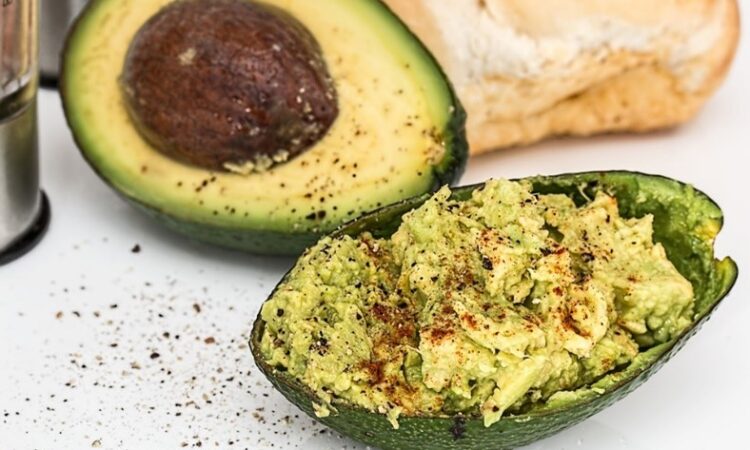Repurposing the Inverse Electron Demand Diels Alder chemistry to create robust DNA-based devices that operate effectively within living cells.
Fungi use a specific chemical group to hijack the immune system of their plant prey
Scientists create a variety of chemical compounds and a new leaf test to investigate how the A. alternata fungi infects only the Asian pear.
Using Geometry to Inhibit Signaling in Cancer Cells
Using DNA molecules to build cool structures for novel drugs.
Repurposing enzymes to add deuterium atoms
Changing deuterium (D) atoms for hydrogen (H) atoms
Discovery of a promiscuous halogenase
Discovery of new halogenases from marine bacteria
Electrified nanopipettes decrease diagnostic time for amyloid diseases from days to hours
Researchers at the University of Montpellier develop a diagnostic test for Parkinson’s disease with a glass pipette and electric current that’s quick, accurate and inexpensive.
Fungi make molecules for batteries
A active material for redox flow batteries was synthesized from fungi to create a renewable feedstock.
Discovery of gut microbial enzymes that modify drugs
Scientists uncover more ways gut microbes modify drugs
Chemists figure out how the grass pea makes its BOS neurotoxin
One of the most abundant South Asian and Sub-Saharan African legumes is the hardy, nutritional grass pea. However, the vegetable naturally produces a paralyzing neurotoxin, and the exact mechanism has long eluded scientists – until now.
Detecting SARS-CoV-2 using Lettuce, not the vegetable
With the continued prevalence of Covid-19, development of new and improved detection methods of the virus is an important step forward in simplifying diagnosis and treatment. This article explores the use of DNA aptamers as a viral detection tool.
Non-invasive, low molecular weight, biomarker method for detection of skin cancer.
Development of a new, non-invasive and topical sampling method uses low molecular weight, skin cancer biomarkers for better detection for early stages of skin cancer diagnostics.
How to solve a structure
Combining different data to solve a structure
Novel Fluorogenic Probes Provide Polarity Specific Detection of Cancer Cell Membranes
Development of novel fluorogenic probes provide valuable insights regarding the polarity of cancer cell membranes.
Looking toward nature in the fight against COVID-19
How can we use compounds produced by cannabis as tools against COVID-19? This article discusses the identification of three cannabinoids which decrease the infection rate of SARS-CoV-2.
Unmasking COVID-19 infections
As the global COVID-19 pandemic rolls into its third year many of us wear masks almost all day at work or in the community. Read how these researchers have developed a sensor that can be embedded into your mask, which collects your exhaled breath to act as a COVID-19 test for the end of the day.
Identifying bum knees before injury with laser light
Raman spectroscopy can identify the extent of meniscus damages in knees before serious injury occurs.
Molecular Nanoparticles: Large Molecules to Prevent Oxidative Stress?
Maybe chemistry can save us—in this case, synthetic chemists have developed a family of lanthanide-oxo molecules and investigate their capabilities as radical species scavengers, with a possible future in the clinic to mitigate various diseases onset by oxidative stress (get antioxidants into your diet, people!).
Going to Flavortown: Understanding the terpene content of cannabis
How can using computational and biochemical techniques help us understand the different flavors of cannabis? This paper explores identifying terpenes that make each cannabis strain unique.
Looking into the crystal bubble
Protein crystallisation is an important technique in drug discovery, and storage of proteins in the biopharmaceutical industry but can sometimes be regarded as a dark-art. Read how researchers use air-bubbles to improve protein crystal growth.
Adding fluorines to small molecules
Enzymes incorporating fluorine into compounds
Where is the calcium? First steps toward a new MRI brain-imaging technique
Calcium is important in bones and in brains. But which brain regions have a lot of calcium? Do disease states affect calcium levels? A new tool is being developed to find out.
Outsmarting the cancerous activity of cathepsin B with pH-selective peptides
Scientists showed that by modulating cathepsin B’s cleavage activity with pH-selective peptides, they can irreversibly and selectively stop its cancerous activity.
More than just genes: looking for disease markers in methylated DNA
A tiny methyl group (one carbon bound to three hydrogen atoms) can be a big marker for disease.
Upcycling Plant Matter
Avocado peels and uprooted invasive plants can become a source for anti-inflammatories. I’ll toast to that!
How to distinguish two similar chemical functional groups
Distinguishing sulfation from phosphorylation


